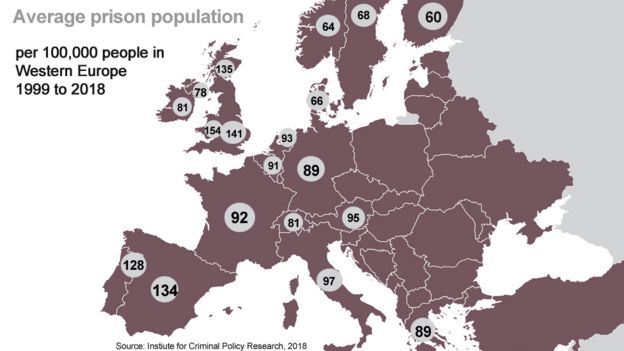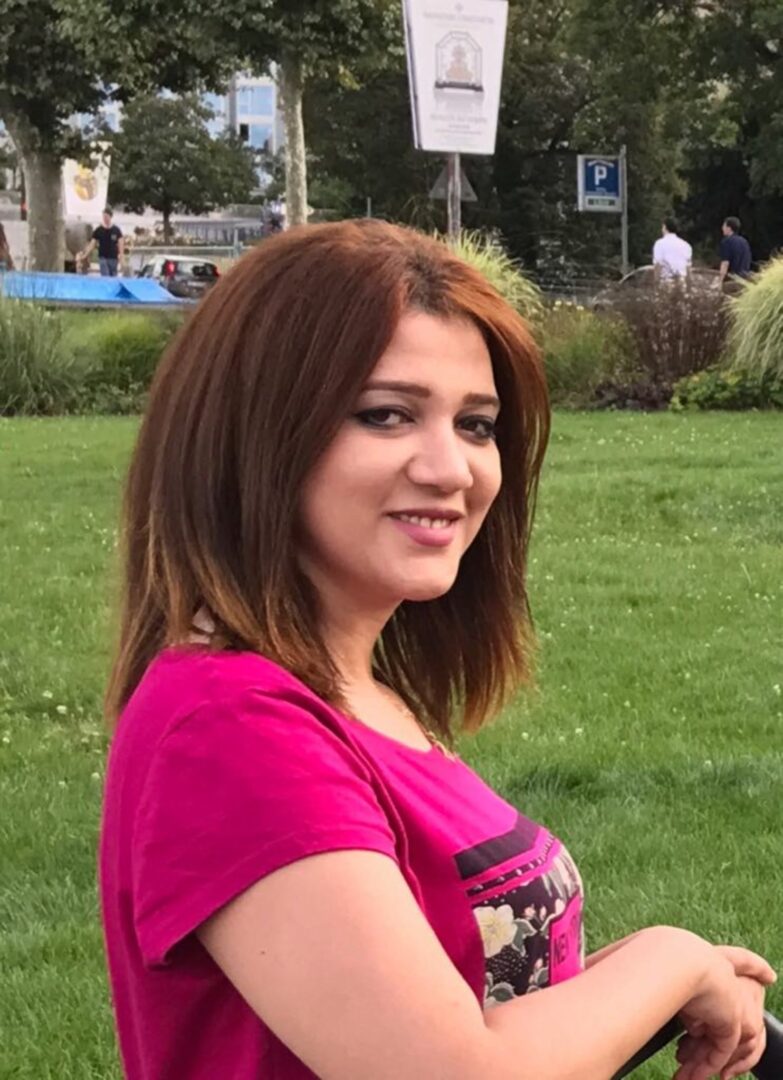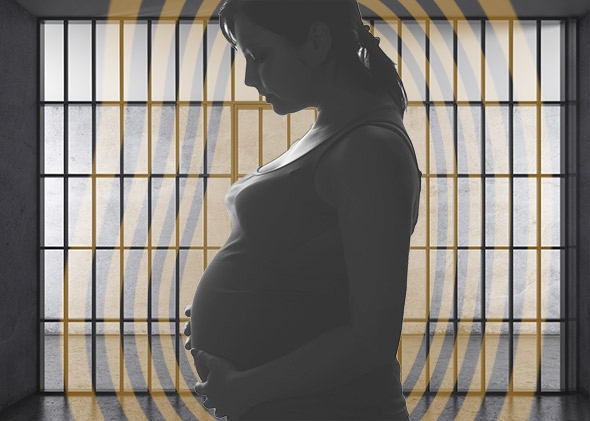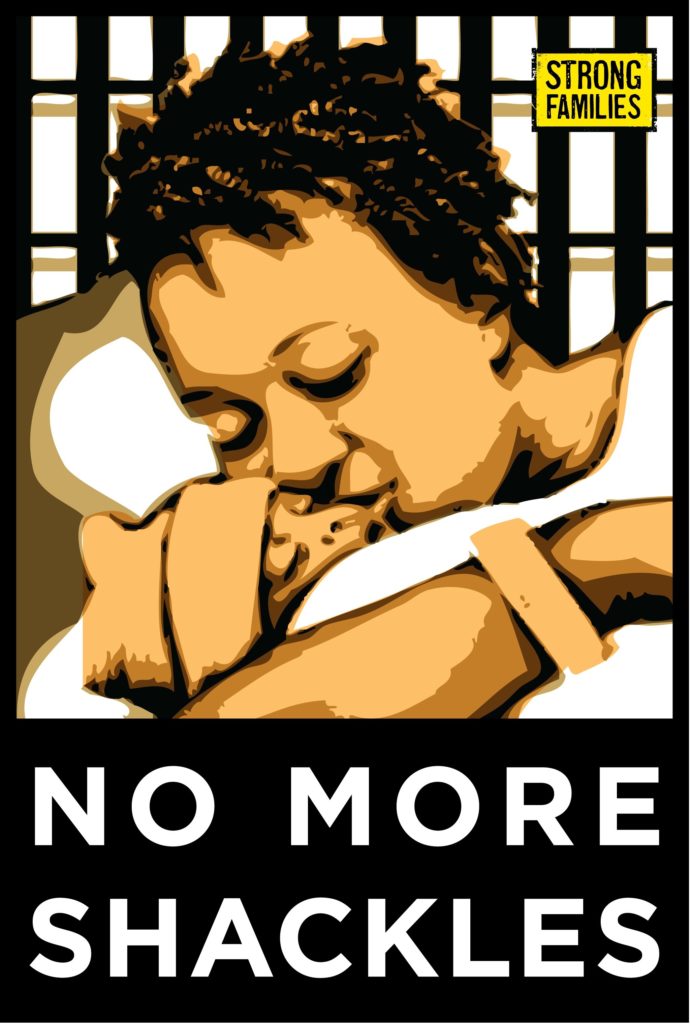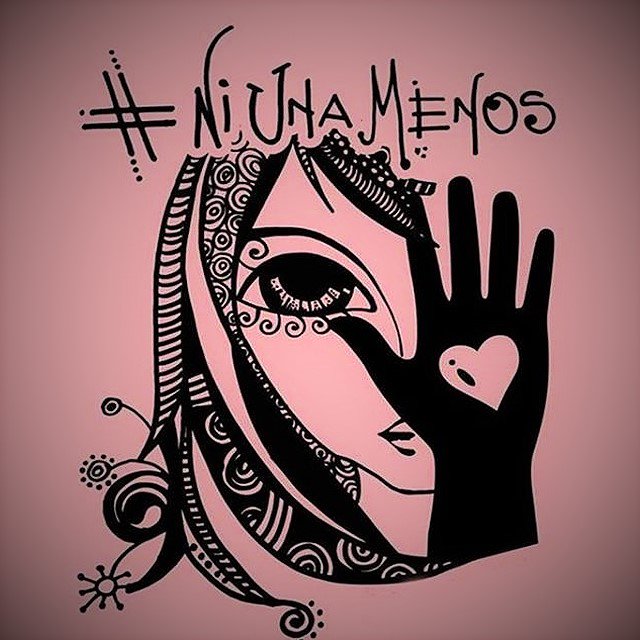
Loujain Al-Hathloul
Women’s and human rights activists, who have been arrested and arbitrarily detained for their activism, are being abused in Saudi Arabia prisons. Amnesty International obtained new reports of torture and escalating abuse of human rights activists who had been detained since May 2018. Their testimony matched earlier Amnesty reports concerning ten activist women prisoners who were tortured in November 2018. The new reports document that the incarcerated have been subjected to torture, including sexual abuse, during their first three months of detention, when they were detained informally in an unknown location. “One woman activist was wrongly told by an interrogator that her family members had died, and was made to believe this for an entire month. According to another account, two activists were forced to kiss each other while interrogators watched. One activist reported that interrogators had forced water into her mouth as she was shouting while being torture. Others reported being tortured with electric shocks.”
Earlier reports state that while informally detained, activists were tortured with electric shocks and flogged repeatedly, which caused some to be unable to walk or even stand properly. More recent reports expand the number of activists who have experienced such torture while in prison.
The activists – including Loujain al-Hathloul; Eman al-Nahjan; Aziza al-Yousef; Shadan al-Anezi; and Nouf Abdulaziz – were moved from the Dhahban Prison in Jeddag to Al-Ha’ir Prison in Riyadh. Other activists, including Samar Badawi and Amal al-Harbi, are still in Dhahban Prison. Nassima al-Sada was moved to al-Mabahith Prison in Damman. All activists have been detained for months without being formally charged or referred to trial. The crackdown on human rights activists saw a wave of arrests and raids of political and activist organizations, including the Saudi Civil and Political Rights Association, human rights lawyers and academics.
Saudi Arabia has dismissed Amnesty’s claims, calling them baseless while also defending their use of their own independent investigation into the allegations. Saudi backed investigators visited the women in prison and interviewed the detainees. Given Saudi Arabia’s involvement in the killing of journalist and regime-critic Jamal Khashoggi and the high-profile case of 18-year-old Rahaf Mohammad, the latest cases of human rights abuses from the Saudi regime could damage their ability “to attract foreign investment” and so any State-sponsored investigations are highly suspect.
The women and activists detained are being used as political pawns for good international PR in Saudi Arabia. Insiders have hoped that the women will be released in time to coincide with a signification international event, like the 2020 G20 Summit set to be held in Riyadh. They hope the Saudi regime will attempt to wrap up any more “embarrassing things” on the international stage before the meeting is set to take place. Activists like Bessma Momani, a professor at the University of Waterloo, and groups of other academics, are working to nominate al-Hatloul for the Nobel Peace Prize, with the hope that the importance of the nomination highlights “a young person who wants nothing more than to see half of her country have the same legal rights as the other half.”
(Photo Credit: CBC)
